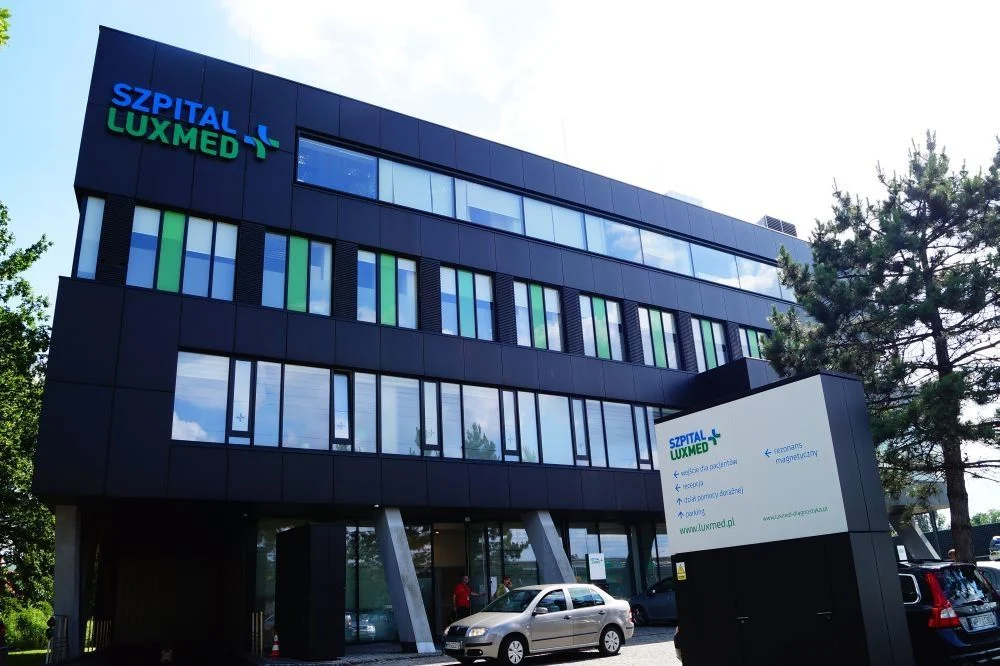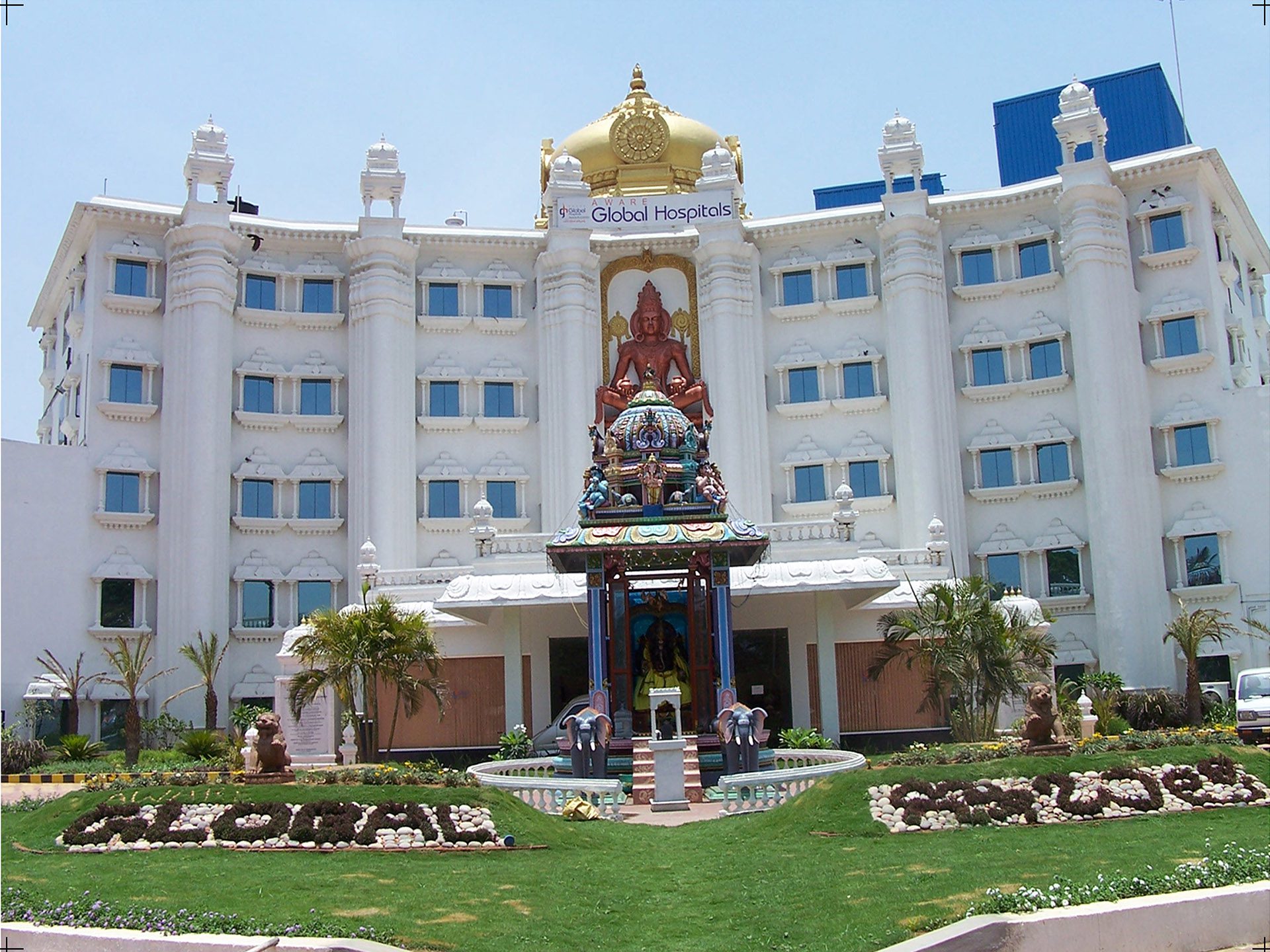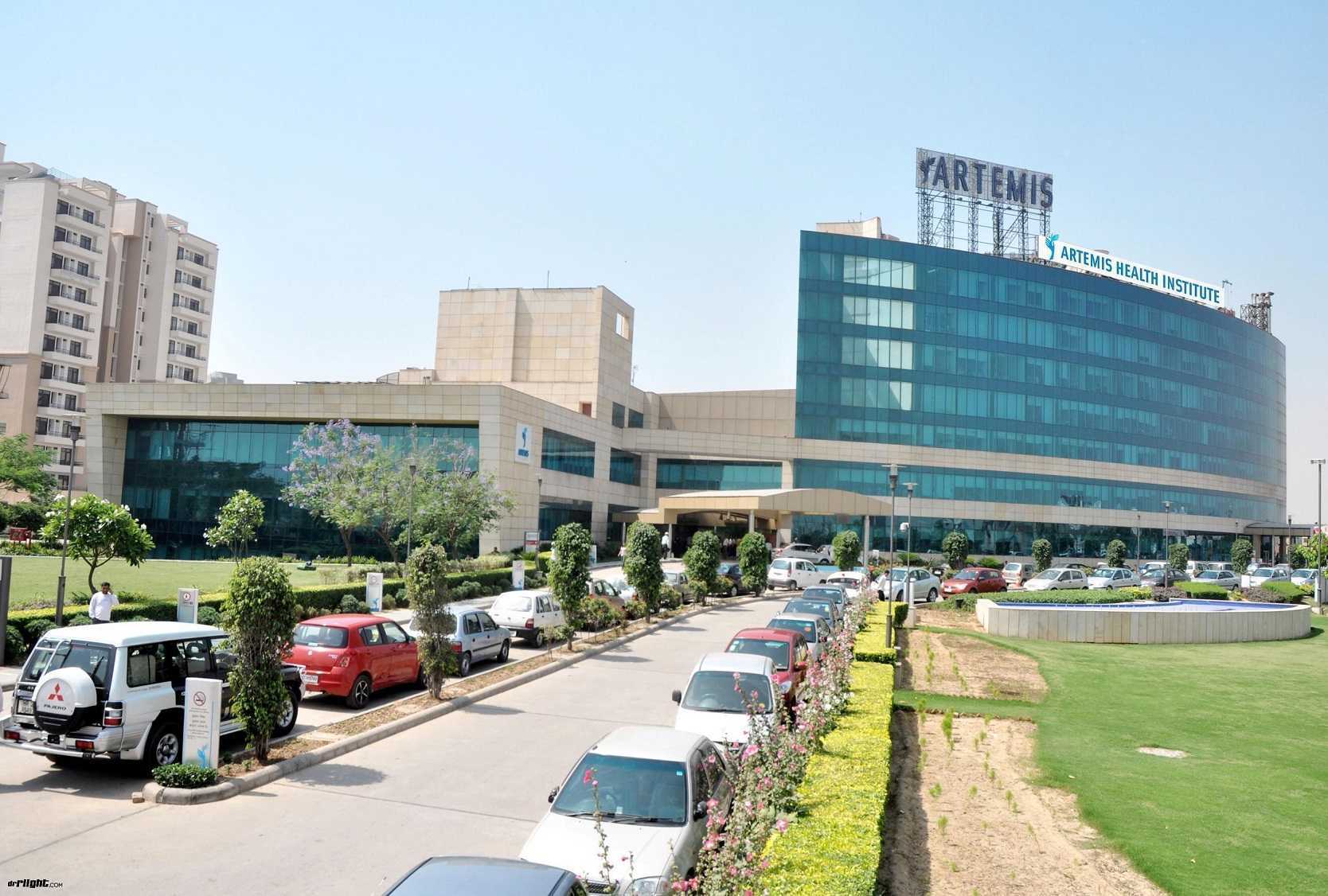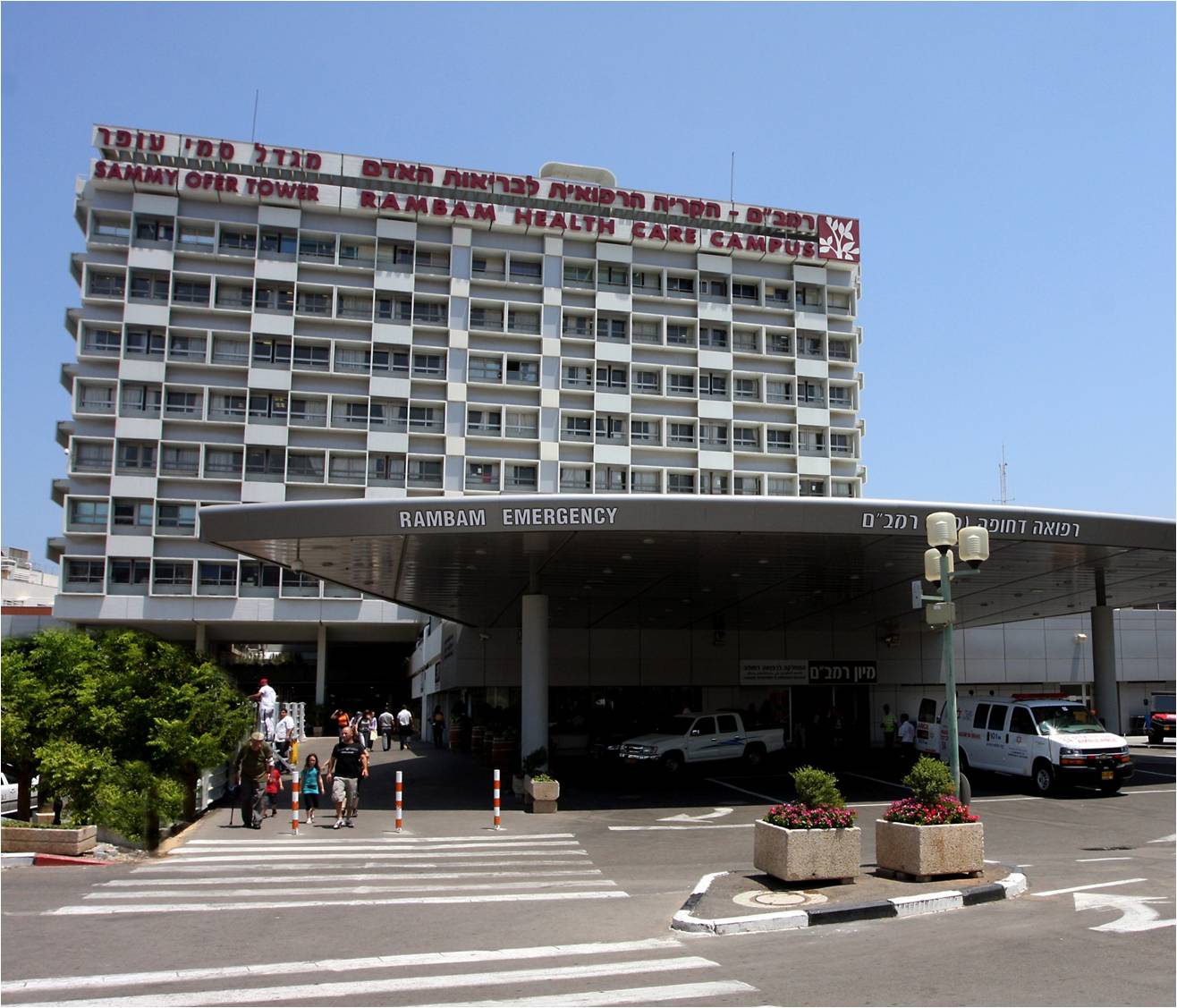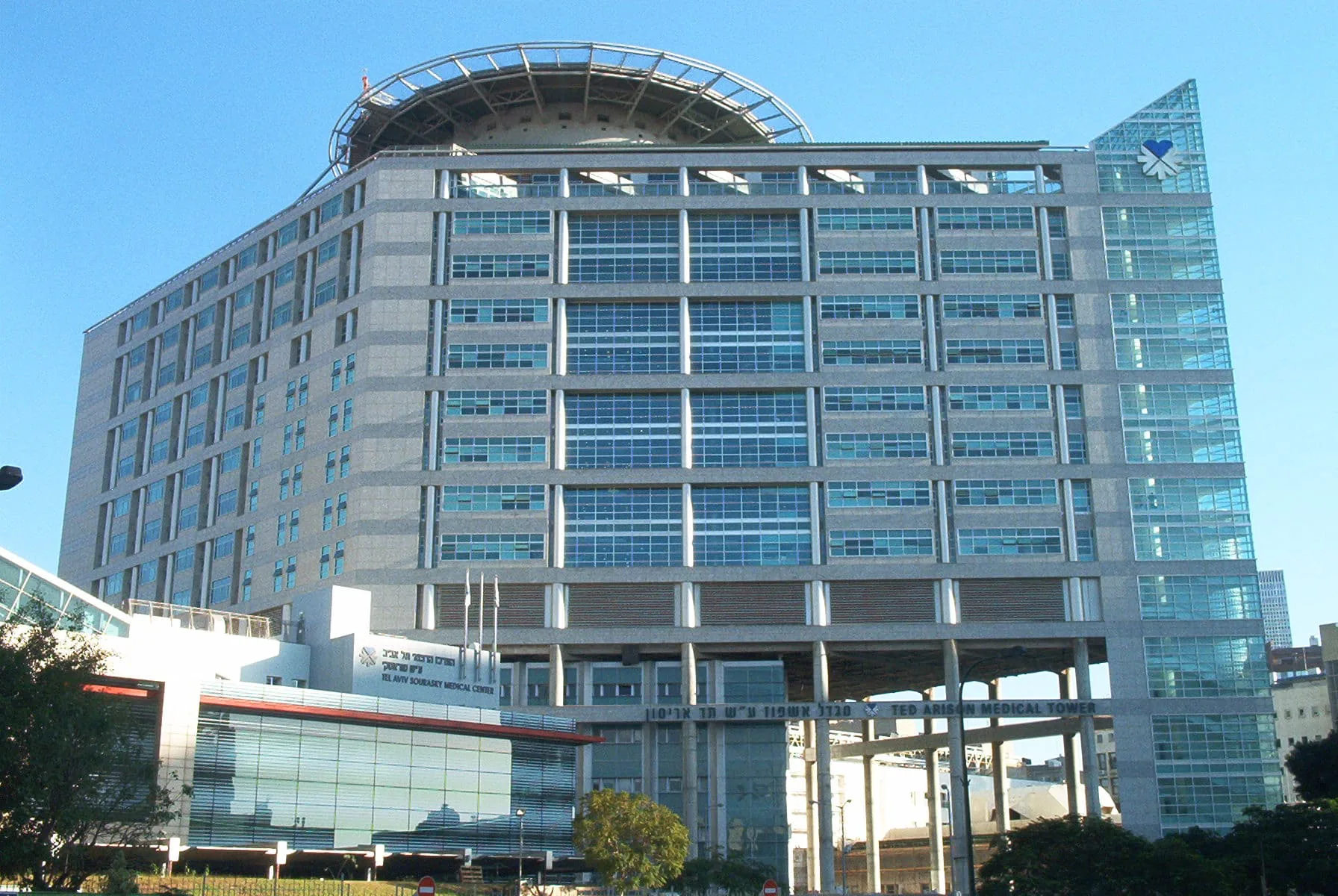Barrett’s Esophagus. Nature, Diagnostic and Treatment
What is Barrett’s esophagus?
Barrett’s esophagus – pathology when deformation of inner esophagus cells is observed. In this disease, cells lining the esophagus become similar in structure to intestine ones.
Barrett’s esophagus develops against the background of gastroesophageal reflux illness – a rare disease causing esophagus cancer. In some cases, pathology forms on its own.
Barrett’s esophagus causes
In GERD, stomach contents return back into the esophagus, irritating the mucous membrane and contributing to an increase in environmental acidity. Mostly, it provokes cell structure deformation. Nevertheless, Barrett’s esophagus, as already mentioned, can appear without GERD. Factors forcing pathology development are the following:
- pathology presence in family anamnez;
- men are more susceptible to illness development;
- age category 50+;
- chronic digestive system illnesses or disorders – heartburn, GERD, etc., requiring constant medical treatment and greatly irritating the mucous membrane;
- smoking – even if a person has smoked in the past, it contributes to Barrett’s esophagus development;
- being overweight or obese, especially the accumulation of fat around the abdomen.
Barrett’s esophagus symptoms
Barrett’s esophagus doesn’t manifest itself for quite a long time. There are several signs symbolizing the pathology presence. Particularly, patients have the following symptoms of Barrett’s esophagus.
- Frequent and heavy heartburn – attacks occur 2+ times a week and are accompanied by intense chest burning and unpleasant sour sensation in mouth. Heartburn is so heavy that it wakes a person from sleep.
- Difficulty swallowing, pain when food passes through the esophagus.
- Constant feeling that food pieces are stuck in the esophagus.
- Bad breath.
- Unreasonable weight loss.
- Blood discharge in stool.
Barrett’s esophagus diagnosis
Pathology diagnosis is possible through endoscopy of upper esophagus parts. Thin tube with illumination is inserted into the esophagus, allowing the doctor to detect abnormal cell modifications.
Thus, the esophagus appearance already gives the specialist an assumption regarding the pathology development, but the diagnosis is accurately confirmed with biopsy – a small piece of esophageal tissue is taken for analysis.
Barrett’s esophagus treatment
Treating Barrett’s esophagus is prescribed based on whether cells with a precancerous structure are present in the esophagus. In the absence of dysplasia – precancerous formations – no treatment is required. Patients need to be examined and do endoscopy at intervals of 2-3 years.
With Barrett’s esophagus development against GERD background, specialists prescribe meds reducing the stomach acidity, preventing damage to it. Additionally, some lifestyle changes, such as sleeping on a slightly sloping surface and refusal from late meals, help improve the condition.
If precancerous structures are detected, patients are prescribed the following.
- Low dysplasia degree – abnormal cell number is small, and their nature isn’t aggressive. Patients are constantly monitored by a doctor.
- High degree – significant modifications in the mucous membrane structure. High chance of developing cancer:
- radiofrequency ablation – a procedure when cancer cells are burned out;
- cryotherapy – freezing of areas affected by pathology with liquid nitrogen;
- endoscopic resection – cells removal with endoscope;
- surgery – with severe dysplasia, the doctor removes the esophagus part.
Rarely, complete removal of the esophagus is needed.


